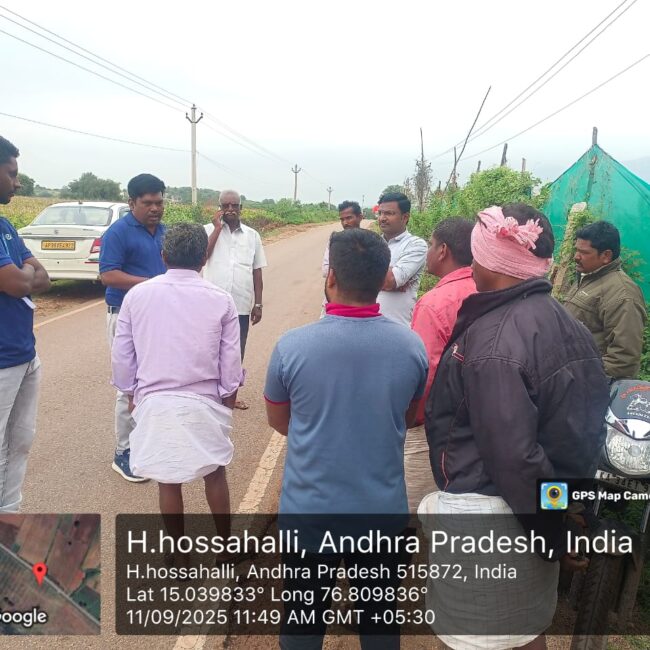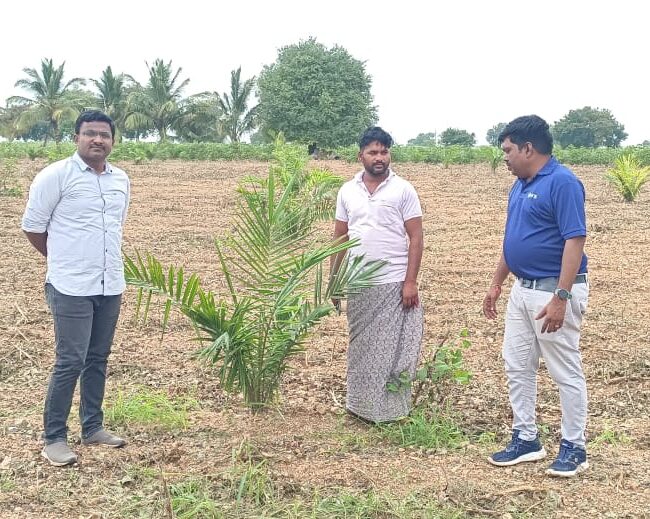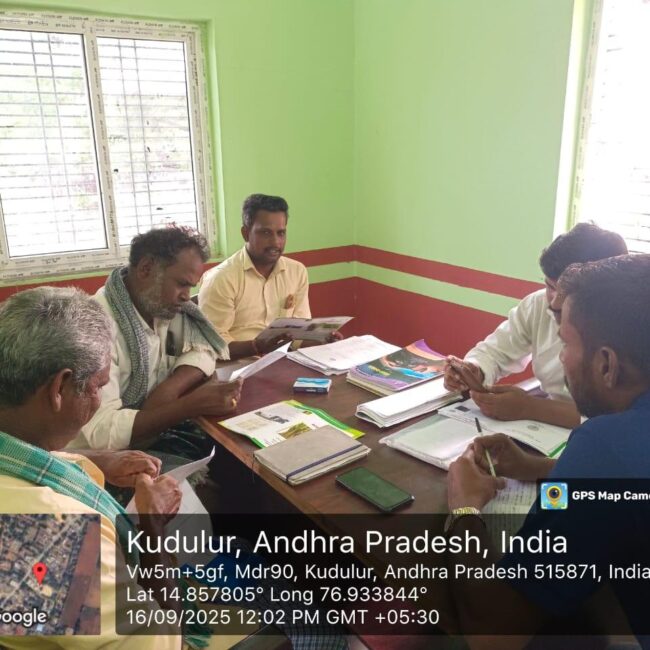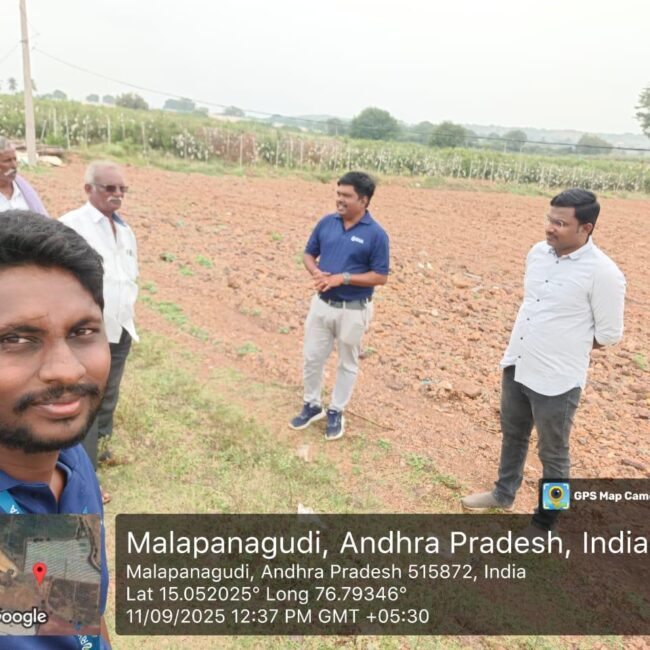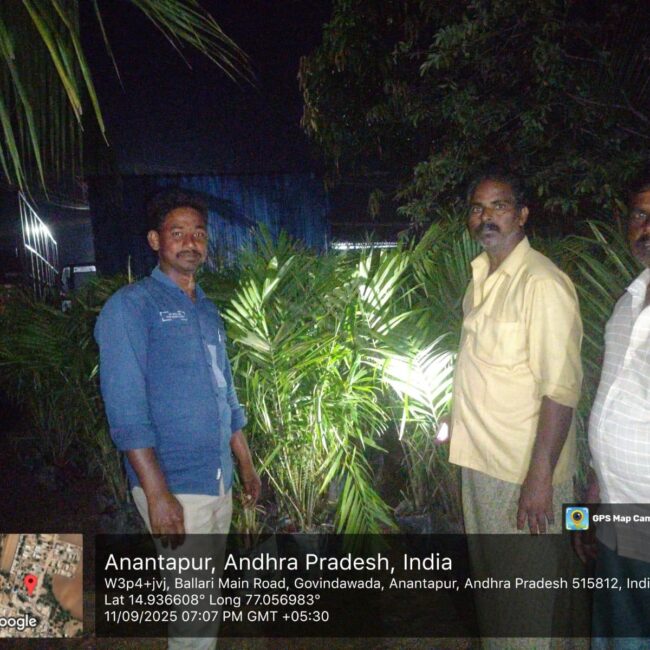Service
Crop assistance & Management
Government assistance and schemes
National Mission on Oilseeds and Oil Palm (NMOOP):Provides assistance for planting materials, maintenance, and irrigation.
National Mission on Edible Oil – Oil Palm (NMEO-OP):A current scheme (2021-22 to 2025-26) offering financial support for planting material, maintenance, irrigation, and other inputs.
Financial aid
- – Assistance for planting materials is provided, with different rates for indigenous and imported seedlings.
- – Support is available for the gestation period (first four years), covering maintenance costs.
- – Assistance is also offered for establishing seed gardens and nurseries.
Key management practices
Irrigation
- – Ensuring adequate water supply is crucial, especially with drip or microjet systems, as it is a fast-growing crop.
- – Water requirements vary by season, with higher needs during hot summers.
- – Irrigation channels along the palm rows are not recommended; focus on the basin method or drip/microjet systems.
Mulching
- – Essential for conserving moisture and controlling weeds.
- – Materials like empty bunches, male flowers, dried leaves, or coconut husks can be used.
Weed control
- – Regularly remove weeds around young palms to prevent competition for nutrients and water.
Pruning
- – Cut only the dry leaves of the oil palm.
- – Retain the maximum number of green leaves for photosynthesis.
Fertilization
- – Apply fertilizers and organic matter like compost or farmyard manure as recommended to meet the palm’s nutritional needs.
Ablation
- – During the first three years, remove all inflorescences to allow the plant to develop a strong stem and root system.
Harvesting
- – Harvesting should occur every 10–12 days, or 6–7 days during the rainy season when ripening is faster.
- – A stalk length of 5 cm should be left on the fruit bunch during harvest.
- – Chisel harvesting is used for young palms, while a hook is used for taller palms.
- – Do not tie the fronds close to the stem to avoid reducing the photosynthetic activity.


